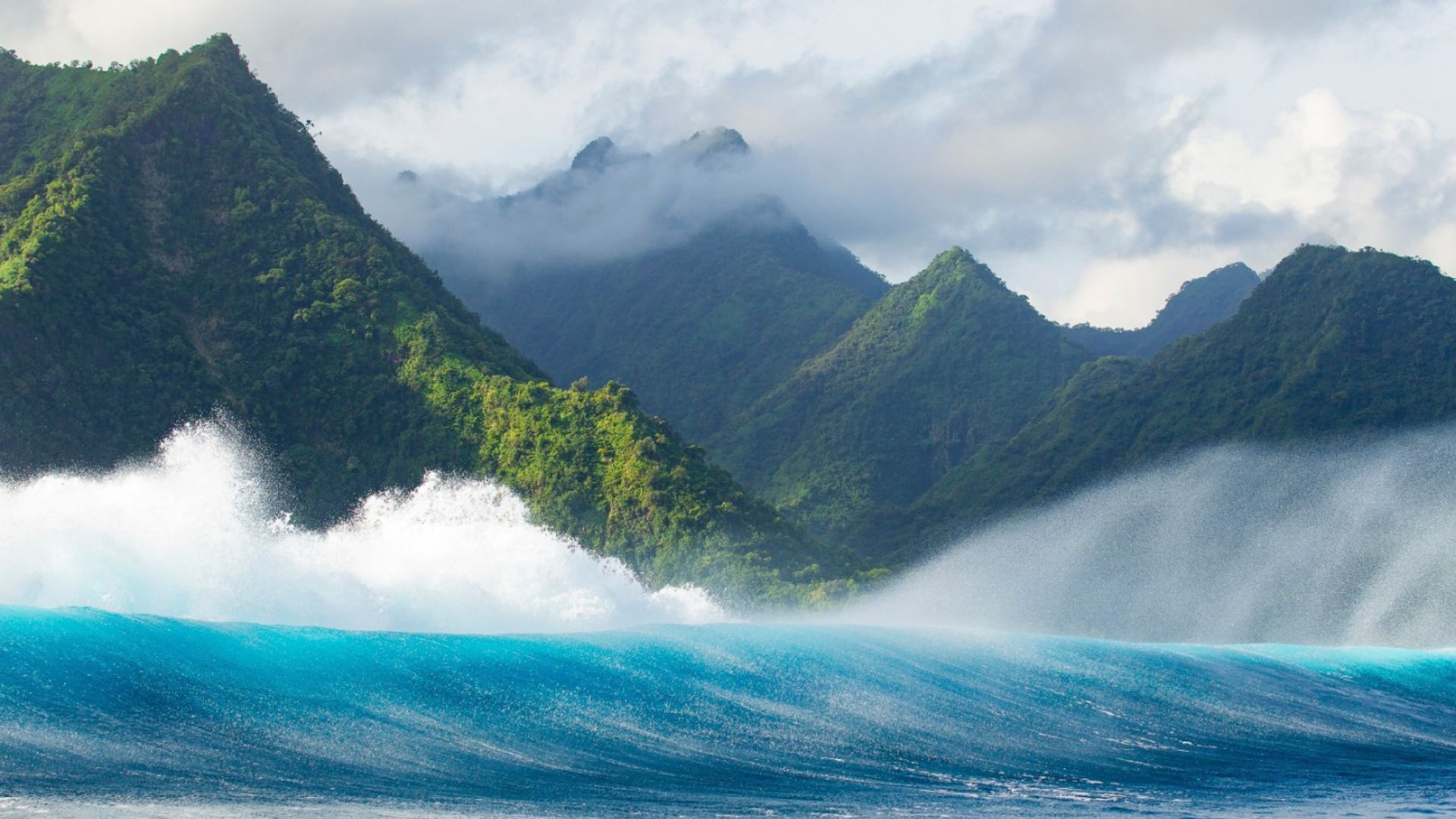
Whale watching: detailed map
Whale watching is one of the most exciting and memorable activities you can experience in nature. Every year, thousands of people from all over the world embark on sea voyages in search of these majestic marine mammals, eager to witness their astonishing beauty and behavior in their natural habitat.
Whale watching usually involves traveling to deep waters, where these enormous animals migrate to feed, breed and socialize. Depending on the location and season, different species of whales can be sighted, such as the humpback whale, blue whale, right whale, among others.
Popular Whale Watching Destinations
Around the world, there are numerous destinations known for offering exceptional whale watching experiences. Places like Baja California in Mexico, Hermanus in South Africa, the California coast in the United States, the Valdes Peninsula in Argentina, and the Queensland coast in Australia are just a few examples of places where whales can be found in their natural habitat.
Source: WWF (World Wildlife Fund)
Canary Islands, Spain
The Canary Islands are known for being one of the favorite destinations for whale watching, especially whale watching. From any of the islands offshore excursions are organized in search of impressive marine mammals such as sperm whales, beaked whales, fin whales and humpback whales.
Baja California, Mexico
The Sea of Cortez, in Baja California, Mexico, is recognized as one of the best places to see the famous gray whales. In the Baja California peninsula, saltwater lagoons surrounded by desert serve as a refuge for these whales during the mating and breeding season.
The ideal time to see them in this Mexican destination is from January to April, although during the rest of the year you can also see blue whales, some of them weighing more than 100 tons.
Queensland, Australia
Off the coast of Queensland, Australia, between July and October, the calm waters of Hervey Bay offer a breathtaking spectacle: the jumping of whales weighing more than fifty tons. In addition to whale watching, from this location you can explore the fascinating Fraser Island, one of the largest sand islands in the world.
Chubut, Argentina
On the coast of the Argentinean Patagonia, specifically in the Valdes Peninsula, hundreds of southern right whales arrive every year between June and December to carry out their reproductive cycle. This area, designated as a World Heritage Site, is home to one of the largest populations of cetaceans in the world, with around 2,500 specimens.
Among them, the majestic southern right whale stands out, which can reach 15 meters in length and weigh between 40 and 45 tons. Puerto Pirámides, the only settlement and service center on the peninsula, serves as an ideal starting point for whale watching.
Hermanus, South Africa
Hermanus, a picturesque town located just an hour and a half from Cape Town, is renowned as the world's premier whale watching destination. These majestic marine mammals come so close to shore that sometimes it is not necessary to embark to appreciate their imposing presence, although the experience of seeing them up close on the high seas is incomparable.
Between the months of July and November, hundreds of right whales come to the bay to mate, providing an unforgettable natural spectacle.
California, United States
Monterey Bay, located near San Francisco in California, United States, offers the opportunity to see a wide variety of cetaceans, including orcas, humpback, blue, right and minke whales.
During the gray whale migration, which occurs from mid-December to April, it is possible to enjoy this natural spectacle. In summer and fall, the Monterey Bay shores are the ideal place to see the largest cetacean species in the world, the impressive blue whale.
Connecting with nature
Whale watching not only provides an opportunity to witness the grandeur of these animals, but also fosters a greater appreciation and understanding of marine ecosystems and the importance of their conservation.
It is important to remember that the sighting of these large marine mammals must be done in a responsible and respectful manner. Tourism companies must follow strict guidelines to minimize any disturbance to the whales and their environment. This includes maintaining a safe distance, avoiding rapid or sudden approach, and limiting viewing time so as not to cause unnecessary stress to the animals.













_v2.svg)
_v2.svg)









_v2.svg)


